
What was the beginning of photography? What curious milestones did we encounter on the way to our modern cameras and tools?
Photography is the technology of creating images on a light sensitive medium by way of recording an electromagnetic radiation. An image sensor can be used to capture the images electronically, or a light-sensitive material like photographic film may be used to capture them chemically. The first photographs were limited in their color range to only black and white. But with experiments and discoveries, recording of colors was made possible; and today, in the digital Millennium, even special effects and three-dimensional representations are almost common place.
Over the ages, photography has become a form of art, and people used it for different purposes, including manufacturing, science, business, recreation, mass communication and hobby. The science of photography has a history of its own. Let's have a look at seven facts about the history of photography that you must know:
- Coining of the term 'Photography
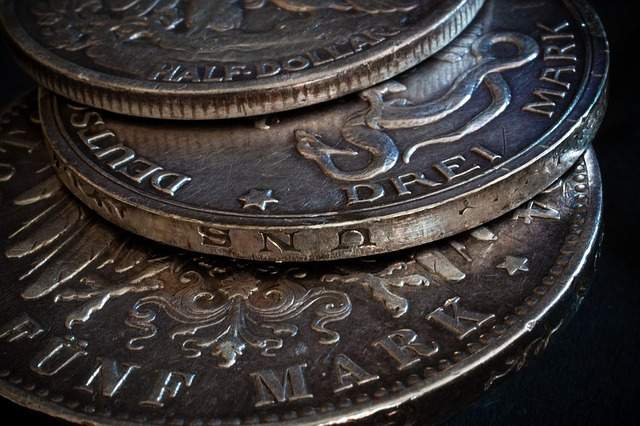
The word 'photography' has Greek origins. It comes from 'photos' which means light, and 'graphein' which means to draw. The term was first used during the 1830s. When joined together, the words mean 'drawing with light'. Traditionally, Sir John Herschel is credited for coining the term 'photography' and making it known among the masses. Although some other people, including Hercules Florence and Johann von Maedler also have used this term in their writings. Earlier, photographs were called as sun prints or heliographs.
- The oldest still existing photograph
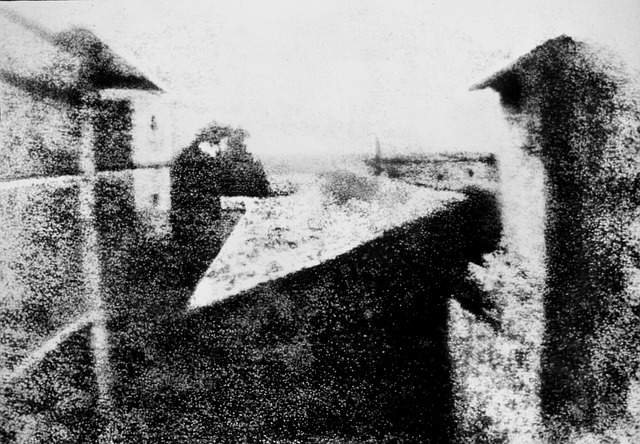
The oldest photograph that still exists, was created in 1826-27 by Joseph Niepce. He used a polished pewter sheet, which he rendered light sensitive by applying a thin coat of bitumen. This is a naturally produced petroleum tar, which he dissolved in lavender oil, applied on the pewter surface and left it to dry. After exposure in the camera for around 8 hours, the bitumen got hardened. As the unhardened portions were not removed using a solvent, a positive image was left. To actually see the plain image, one had to lit the plate and view it in such a manner that the bitumen looked light and metal looked dark. Later, he refined this process, after which the image viewing became easier and the exposure times were significantly reduced.
- The first selfie ever
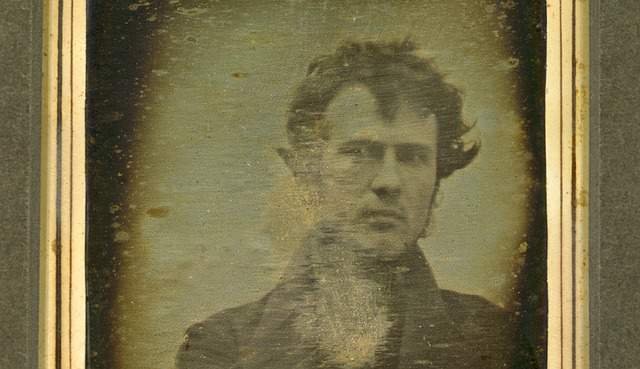
Selfies are all the craze these days. People wink, pout, and give different expression in the camera to click their own pictures. But do you know who clicked the world's first selfie? It was Robert Cornelius: He was a chemist and a photography enthusiast from Philadelphia, USA. He had set up his camera in the back part of his family store. He removed the lens cap and ran into the frame to capture his own photograph. The image capturing process took around one minute, after which he went back to cover the lens. On the photograph's back side, he wrote 'first light picture ever taken'. Clicked in 1839, this first ever selfie is over 175 years old.
- Types of cameras so far
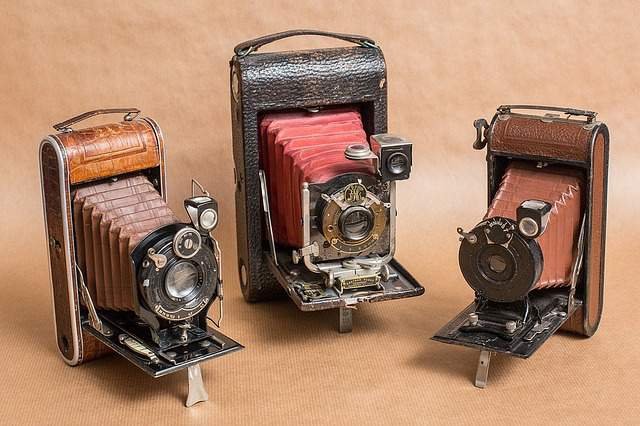
The first popular camera made was a studio camera, which stood on a tripod and used photographic plates made of glass. Then came the point and shoot box camera, which was widely produced to meet the growing photography demands. To make cameras more practical to use, Kodak came up with a compact folding camera in 1922. After that, the 135 film cameras, pentaprism cameras, and Polaroid instant cameras came to the market. And with the introduction of personal computers and digital imagery, digital cameras began their trail of success. Today, nearly everybody has a mobile phone, and most of the models come with a built-in camera. And with recent advances in technology, the impressively well performing miniature cameras used in Smartphones today are beginning to take over the market.
- The first color photography
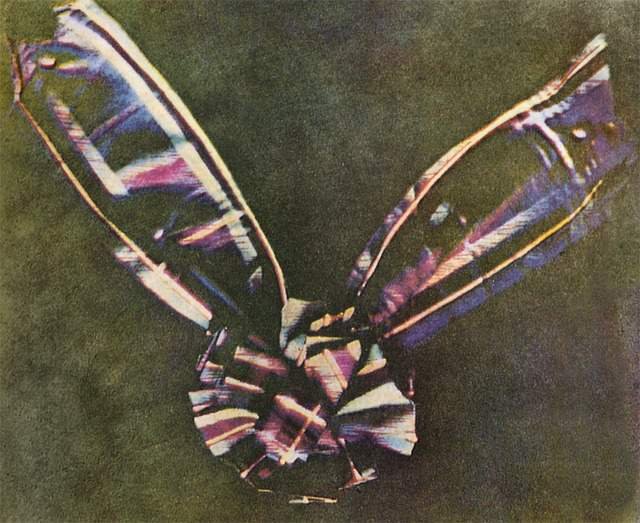
The first ever colored photograph was taken in 1861 by a popular physicist from Scotland, named James Clerk Maxwell. He was already famous for his contributions in electromagnetism, and he used this photograph in one of his lectures. It was a set of 3 black and white photographs captured through red, green and blue color filters. Because it was quite imperfect and unimpressive, it soon was forgotten. Later, Charles Cros and Louis Ducos du Hauron made viewing of photographs possible without projecting them. They even used this method to create full color paper prints.
- Introduction of photography as an art form
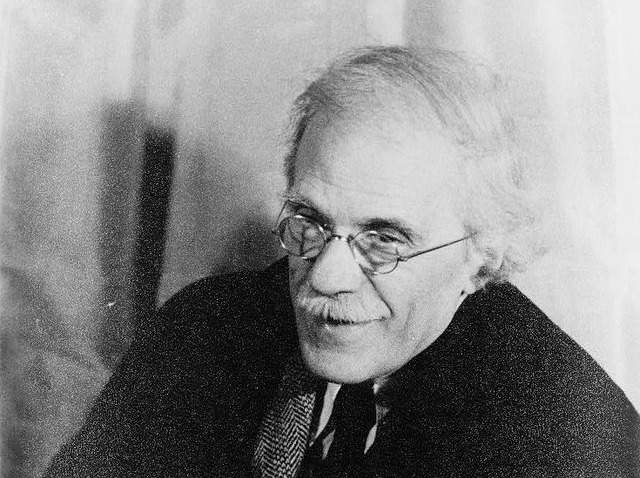
It was Alfred Steiglitz who introduced photography to the masses as an art form. He was an American modern art promoter and photographer who ran an art movement and made photography a part of people's everyday life. He had a passion for photography and owned a number of art galleries in New York, with an aim to introduce European artists to the public. He recognized photographers as artists, and started Photo-Secession (https://en.wikipedia.org/wiki/Photo-Secession) - a photography art movement. At that time, painters were considered artists, while photographers were seen only as scientists. He also established Camera Work and Camera Notes, two journals to promote photography as a form of art.
- The first digital photo
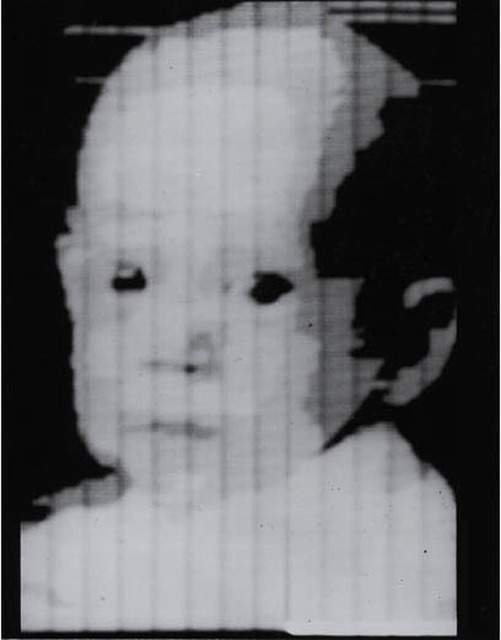
Russell A. Kirsch developed a digital version of a wire photo drum scanner to transfer an existing image on a digital computer memory. The first photograph he scanned was that of his own son, with a resolution of only 176 x 176 pixels. It was completely black and white without any colors or gray tones. Later, a combination of multiple scans was used to acquire grayscale imagery to some degree.
As you can see, photography has gone through a multitude of phases since its inception. Recent developments focus a lot on three-dimensional representations and we are probably all curious about what comes next!
#Photography #ednabenitez
Follow back.
Posted using Partiko Android
Source
Plagiarism is the copying & pasting of others work without giving credit to the original author or artist. Plagiarized posts are considered spam.
Spam is discouraged by the community, and may result in action from the cheetah bot.
More information and tips on sharing content.
If you believe this comment is in error, please contact us in #disputes on Discord
Hi! I am a robot. I just upvoted you! I found similar content that readers might be interested in:
https://pixabay.com/en/blog/posts/7-facts-about-history-of-photography-that-you-must-113/
Thank you so much for being an awesome Partiko user! You have received a 4.26% upvote from us for your 1030 Partiko Points! Together, let's change the world!